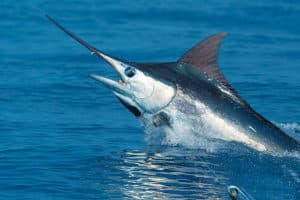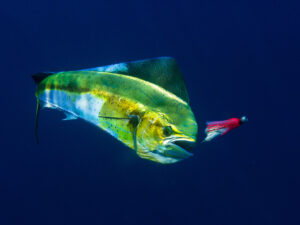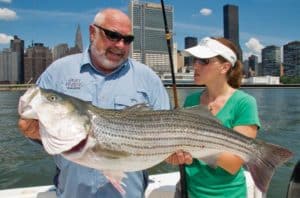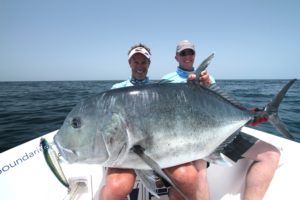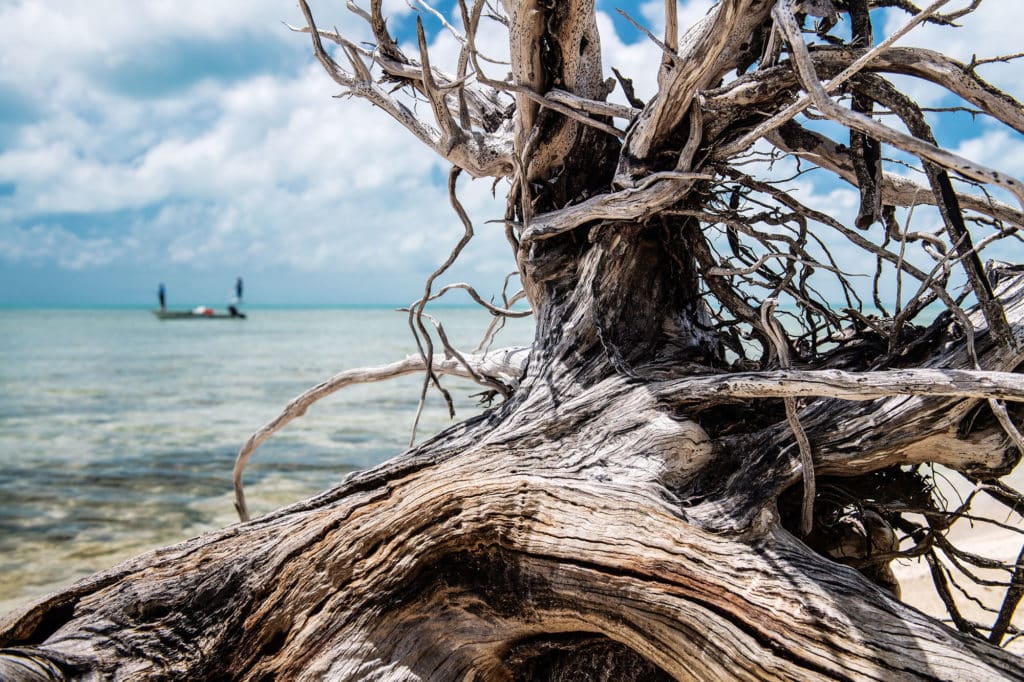
Streaking bonefish. Tailing reds. Rolling tarpon. Fishing shallow-water flats is the stuff of dreams. Countless destinations across the globe provide striking diversity and opportunities to fulfill any angler’s fantasy-fish wish list. In many cases, flats-fishing allows anglers to single out a specific species, eliminating much of the luck and boiling down success — or failure — to split-second decisions and actions. Choosing which flats to target and when can take some research. But some areas, including the following five destinations, maintain world‑class fisheries.
Throughout the decades, each has attracted its share of world-record seekers and globe-trotting anglers, who spread the fame throughout countless tackle shops, watering holes, and marinas around the world.
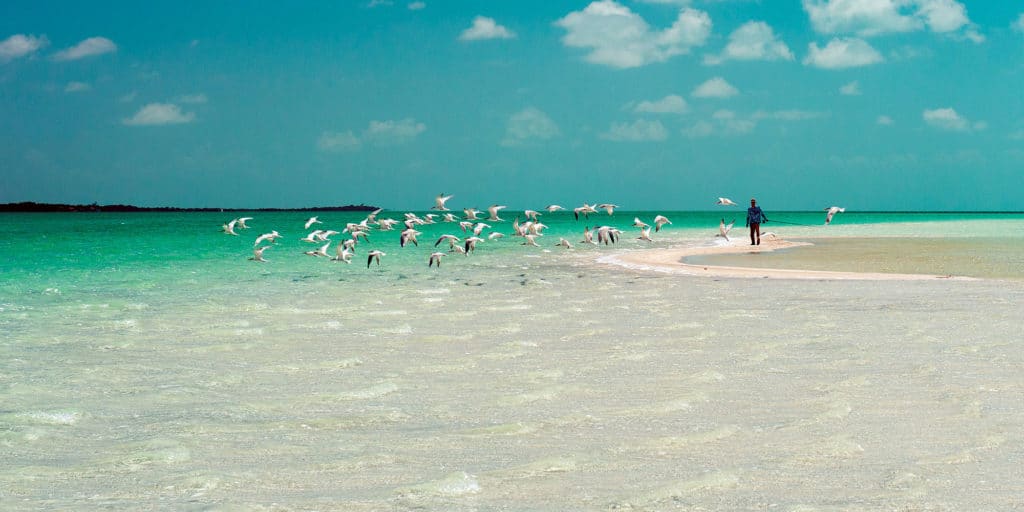
Turneffe Atoll, Belize
Mandating catch-and-release fishing only since 2009 for tarpon, bonefish and permit, Turneffe Atoll is the largest and most biologically diverse coral atoll in the Western Hemisphere. As such, extensive flats here offer a prime target for anglers who want to fly-cast their way to a flats-fishing grand slam by catching all three of these headline species in a single day.
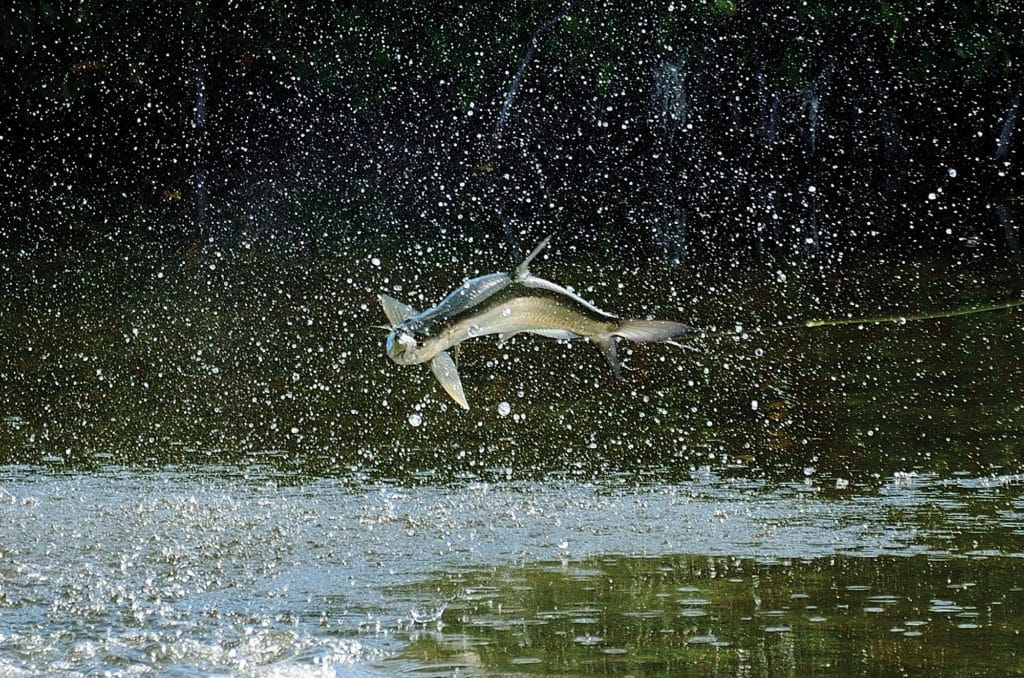
The diverse selection and size of fish that reside on these flats make them unique, according to fishing guide Edison Gabourel of Turneffe Island Resort. “Seeing these flats is like looking at a nice slice of apple pie — you feast your eyes. You’ll see singles, doubles, and big schools of tailing bonefish, permit and tarpon. People who come here are thrilled with the fact that you can see schools of fish for hours; you can see your targets in the crystal-clear water, and then make your cast and do it right. After they fish Turneffe, people always say they’re coming back.”
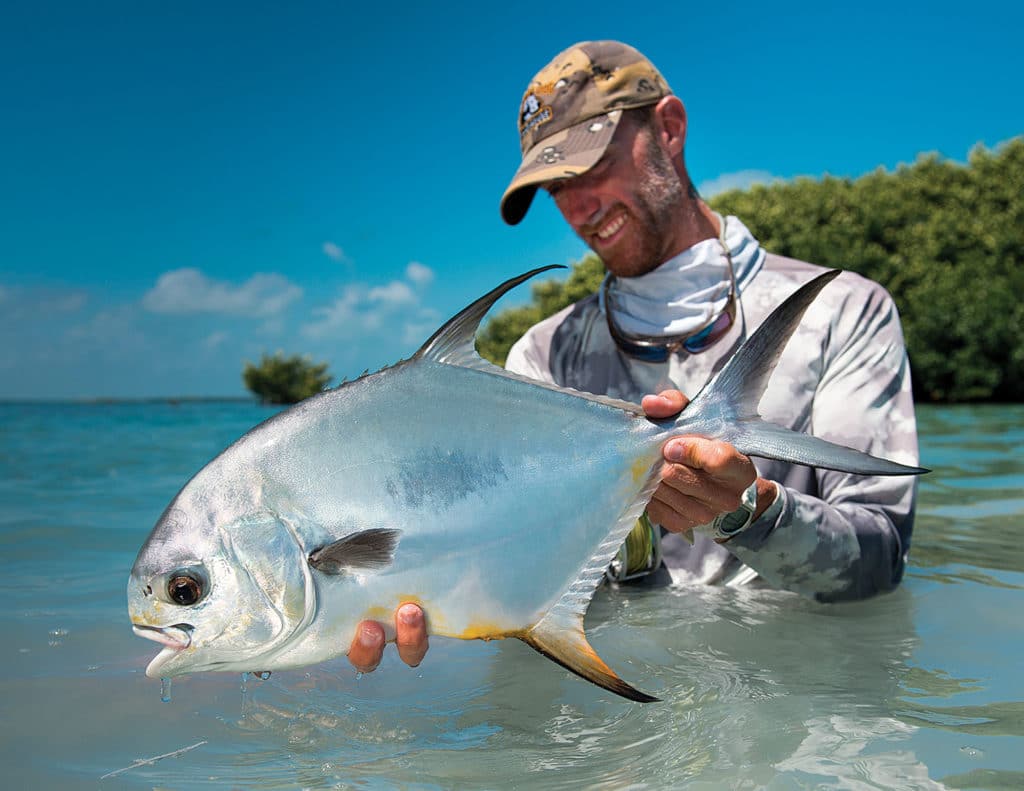
Turneffe is relatively accessible for American travelers, only two to two and a half hours by plane from several southern U.S. airports. Anglers fly into Belize City, which features a large international airport, and take a 30-mile boat ride to the atoll. Several resorts lie on Turneffe; most offer pickup (some even via helicopter) from Belize City.
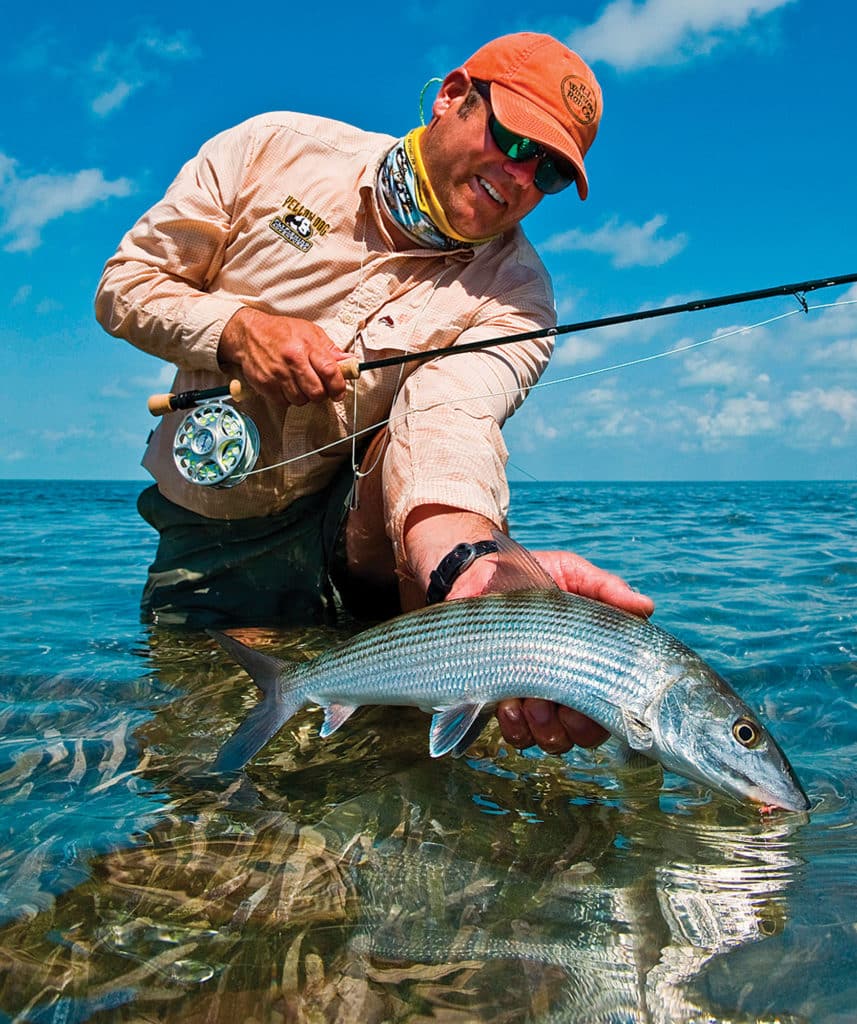
Peak Season: The height of the season is summer; June, July and August offer the best shot at catching a grand slam, but bonefish and permit prowl these flats year-round. Although there are some resident tarpon, most migrate away from the flats in winter.
Tactics: Wade-fishing and stalking, mostly while sight-fishing with fly-fishing gear. Seven- and 8-weight fly tackle is recommended for bonefish and permit. Reels should be spooled with at least 200 yards of 20-pound backing plus weight-forward floating line. For tarpon, size up to 11- or 12-weights and use 30-pound backing. Size six to 10 unweighted flies such as Crazy Charlies, Gotchas, and crab patterns work best for the bonefish and permit; use 3/0 to 4/0 Deceiver patterns for tarpon. Anglers can also use 10- to 20-pound spinning gear to cast plugs or live bait.
Contacts
Turneffe Island Resort
turnefferesort.com
800-874-0118
Turneffe Flats
tflats.com
888-512-8812
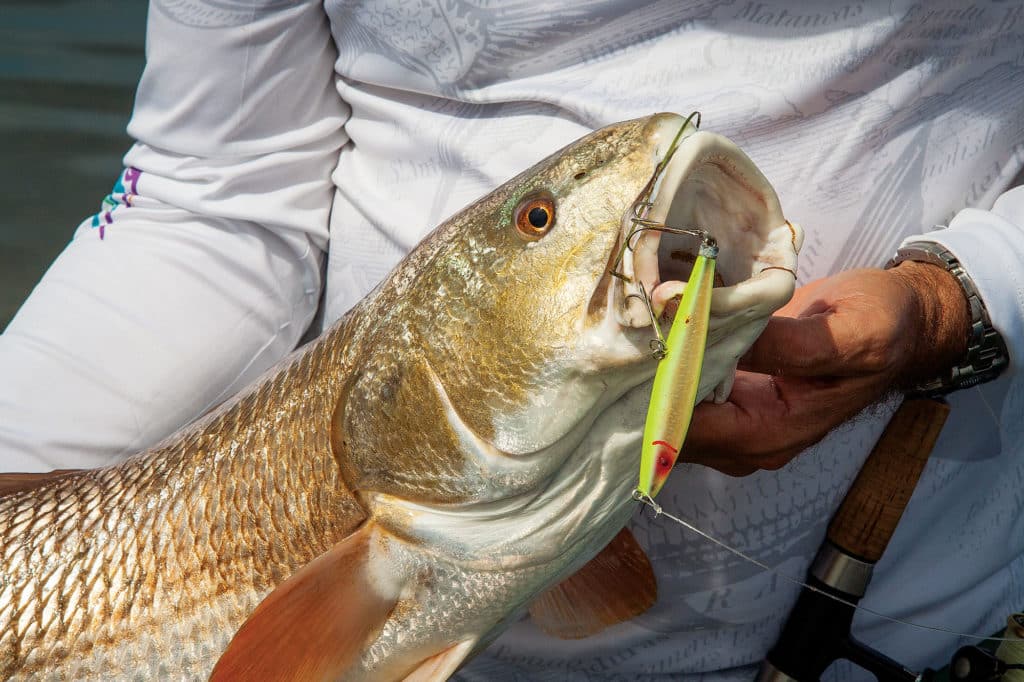
Lower Laguna Madre, Texas
With low rainfall and little freshwater inflow, the Laguna Madre of south coastal Texas is one of just a half-dozen or so lagoons holding reliably hypersaline water. Add to that a shallow average depth of just over 3 feet and abundant sea grass, and you generally find gin-clear water. In the Lower Laguna Madre, on the east side in particular, white sandy flats intertwine with grassy areas. The area is best known for big schools of tailing redfish.
“The cool thing about the Lower Laguna Madre is that it’s unique,” says native Texan and captain Ben Paschal, of Laguna Madre Outfitters. “The water’s so clear that sometimes you can spot fish 200 feet out. When sight-casting, you often get multiple shots. And you can target species people don’t usually sight-fish for, such as big speckled trout.”
Because wildlife refuges or protected seashores comprise 75 percent of its shorelines, many of the best fishing areas are far from access points, and area lodging is fairly concentrated. South Padre Island is the most popular place to stay, and offers a number of good options.
The nearest commercial airport is in Brownsville, about 25 miles from South Padre. There are limited accommodations to the north in Port Mansfield and slightly inland at Raymondville. Some guides, including Paschal, commonly prearrange lodging for their customers in nearby rental houses, which are closer to the fishing, in areas such as Arroyo City.
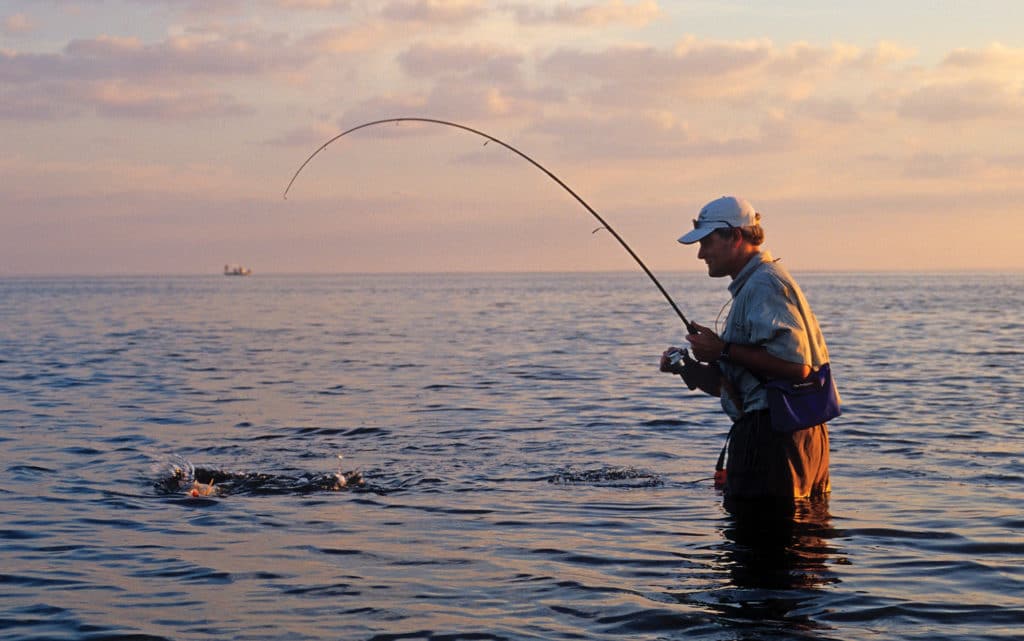
Peak Season: Paschal says spring is his favorite time to fish the Lower Laguna Madre, but through the heat of summer, the fish continue biting. March through November provide top-notch flats-fishing. Many anglers cast from shallow-water skiffs and flats boats, but others prefer wade-fishing.
Tactics: Mostly sight-casting from skiffs, and some wade-fishing, while using either fly or conventional gear. Popular flies include EP fiber crabs, gurglers and Clousers. The clear water dictates stealth at all times. When fly-fishing, use long leaders on 7- to 9-weight 9-foot rods, and limit false casts. Use 8- to 12-pound spinning gear to cast soft plastics rigged to jig heads, or bucktails (often tipped with shrimp).
Contacts
Laguna Madre Outfitters
lagunamadreoutfitters.com
214-704-3158
Getaway Lodge
getawayadventureslodge.com
956-944-4000
Seabreeze Beach Resort
seabreezebeachresort.com
800-541-9901
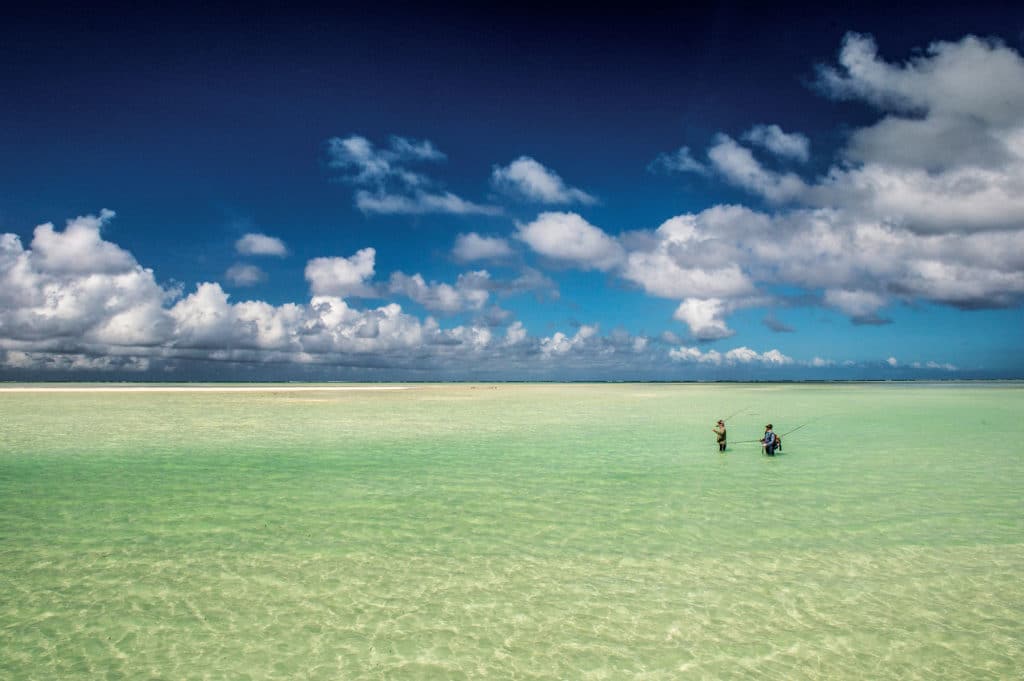
St. Brandon’s Atoll, Mauritius
Closed for years to international visitors, the 40 islands making up the Indian Ocean archipelago of St. Brandon’s — about 300 miles from Mauritius and well off the east African coast — reopened to foreign anglers in 2009. This is a fishing destination, pure and simple, with virtually no other reason for visiting, except perhaps enjoying the complete absence of cellphone service, internet and any other non-satellite-based form of communication.
Many anglers would put St. Brandon’s at the absolute pinnacle when it comes to sight-casting for bonefish; this area has been known to produce fish up to 15 pounds. Although bonefish take the headlines, St. Brandon’s is also known for a wide mix of trevally species, ranging from green spot to giant trevally. The Indo-Pacific permit also makes its presence known in these waters.
“Unlike many atolls, St. Brandon’s has a very small tidal range,” says Gerhard Laubscher, CEO of FlyCastaway guide service, which offers trips to St. Brandon’s and is based in Johannesburg, South Africa. “The flats stay at an ideal depth for species such as bonefish and permit for extended periods, making it the perfect habitat for tailing species. It’s the finest bonefish destination on the planet both in terms of numbers of fish as well as the average size of the fish, and it’s not uncommon to have three- to four-hour-long sessions where you’re wading in ankle-deep water constantly casting to 8-plus-pound bonefish. It’s paradise for any saltwater fly angler.”
Getting to paradise, however, is a major-league journey. Anglers heading there have to fly to Mauritius (which usually routes through Paris or London and takes more than 24 hours from much of the United States). From there, it’s a long boat ride to the atoll.
Since the journey is so long, most travelers book 10-day packages (with seven days of fishing). Accommodations are limited to a few relatively basic fishing lodges on the islands and a few mothership-style operations.
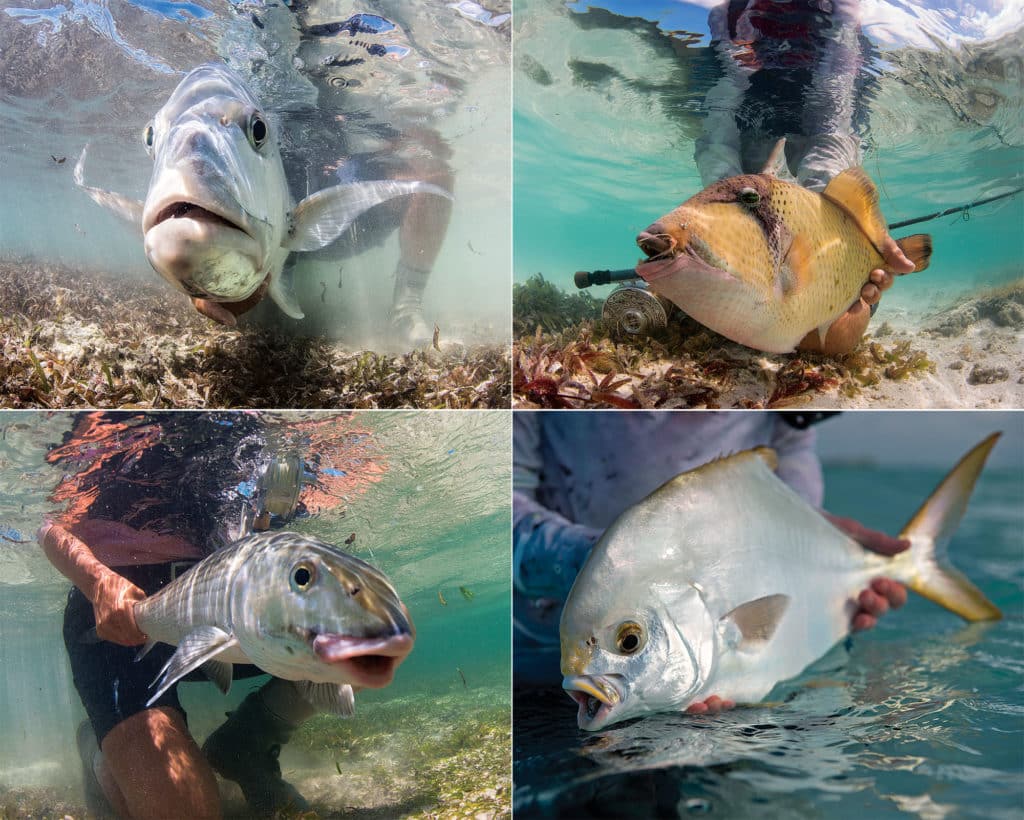
Peak Season: Spring and fall are the best times. The monsoon season in winter and the cyclone season in summer can interrupt the fishing.
Tactics: Wade-fishing and stalking, mostly while sight-fishing with fly-fishing gear. Nine- to 12-weight fly tackle is recommended. Reels should be spooled with tropical floating lines; bring spare lines in case you lose one to a large, unstoppable fish. Crab imitations and other popular fly patterns to target giant trevally must have heavy-duty hooks. Heavy-duty wading boots are also recommended because of sharp shells and underwater terrain.
Contacts
FlyCastaway
flycastaway.com
27-11-234-1450
Yellow Dog Flyfishing Adventures
yellowdogflyfishing.com
888-777-5060
Tourette Fishing
tourettefishing.com
27-84-622-2272 (mothership)
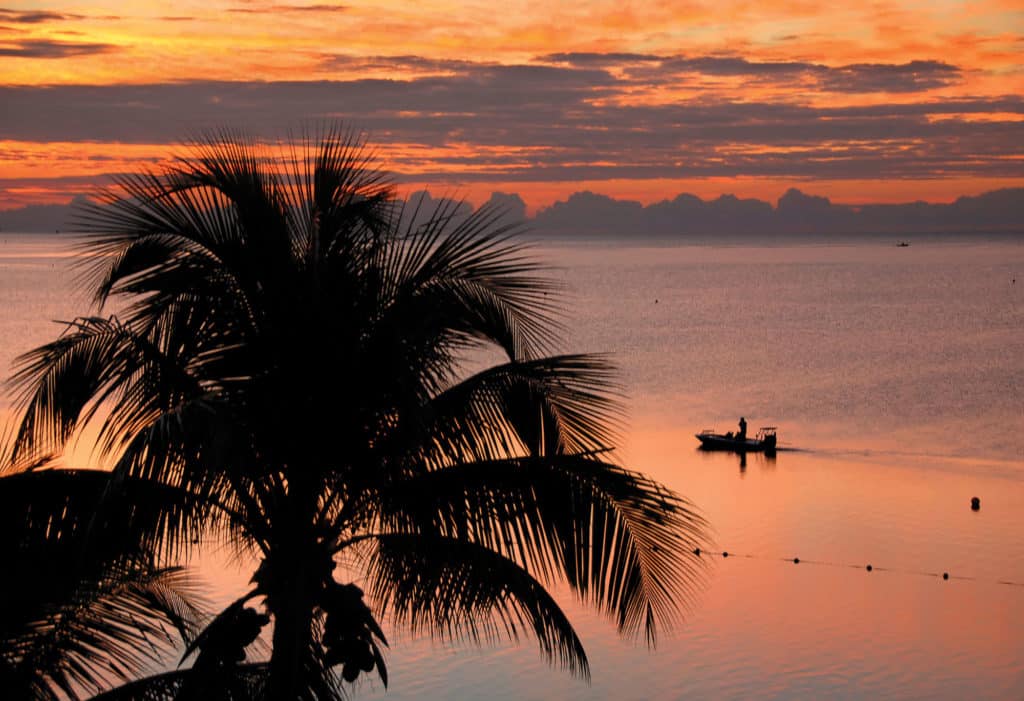
Florida Keys
It should surprise no enthusiast to find the Florida Keys on this list. And while anglers might continually bicker about the best flats in this string of islands, the Islamorada area south into Marathon often takes top honors. Tremendous diversity highlights this region’s fishing, and while species such as bonefish, tarpon and permit get most of the headlines, you never know what will end up inhaling your bait or lure. Jacks, barracuda, several species of sharks, snook, redfish, seatrout, ladyfish — the list goes on.
“Options are what make this area so great,” says Capt. Ted Benbow, who runs Skins and Fins Fishing Charters in Islamorada with his son Donnie, a third-generation Florida fishing guide. “I can run to the Intracoastal; I can fish around the islands close by; I can run to Everglades National Park; I can fish north; I can fish south; and I can enjoy some of the best bonefish and permit flats-fishing around.”
Capt. Benbow explains that no matter which way the wind blows or what time of year it is, fishable flats lie within reach. Thanks to the countless mangrove islands scattered throughout the area and the innumerable sandy flats between them, clear, sheltered water can always be found.
Fall offers anglers their best shot at bones and permit on the flats, particularly on days with a northwest wind when the Atlantic-side flats are sheltered and calm. Spring is usually the top pick if you have tarpon in your sights, although they can be caught any time of year.
Although the Florida Keys isn’t exactly remote, getting there usually requires a flight into Miami, followed by a two-plus-hour drive south. Anglers can also fly into Key West and drive back north. Traffic, particularly during weekends, on the Keys’ Overseas Highway can be tricky, with speed limits bouncing between 35 and 55 mph. But once you reach your destination, you’ll find plenty of hotels, resorts and offbeat lodging to choose from, ranging from five-star accommodations to rental houseboats.
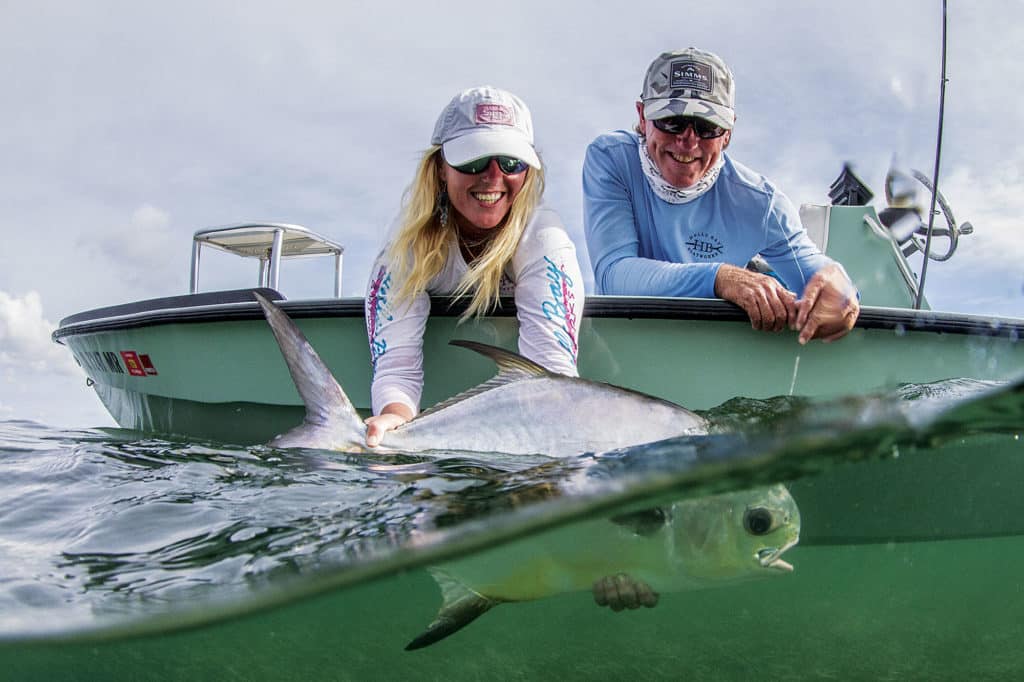
Peak Season: Bonefish and permit in fall, spring for tarpon
Tactics: Casting from skiffs, with some wade-fishing and stalking, while using either fly or conventional gear. When targeting bonefish and permit, an 8- to 10-weight rod is appropriate; size up to 11- or 12-weight for tarpon. Use floating fly line with 12-foot leaders. Tie 12- to 20-pound tippet for smaller species and 20-pound tippet with a 60-pound shock leader for tarpon. Muddlers, gurglers, shrimp, and crab patterns are all popular and effective. Anglers casting spinning or conventional gear often use bait (most commonly shrimp) or cast plastic shrimp or grubs.
Contacts
Skins and Fins Fishing Charters
skinsandfinscharters.com
305-393-0363
Bud ‘N Mary’s
budnmarys.com
305-664-2461
Hawk’s Cay Resort
hawkscay.com
888-395-5539
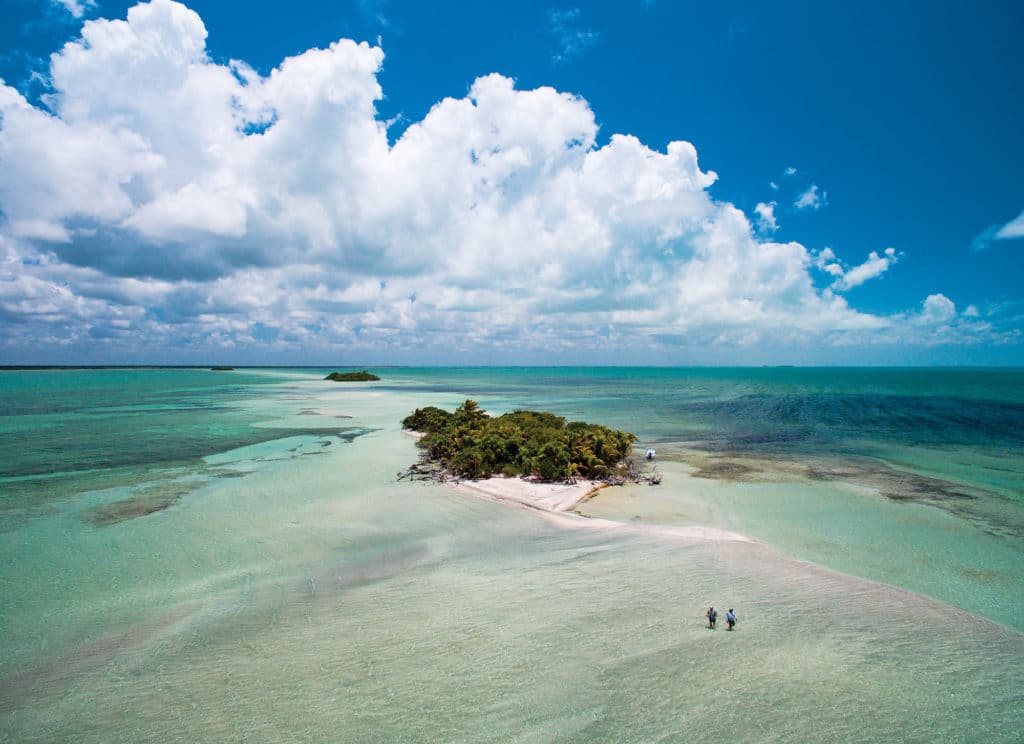
Ascension Bay, Mexico
Ascension Bay lies inside the Sian Ka’an Biosphere Reserve, which encompasses a third of Mexico’s Caribbean coastline. As such, the bay — about 100 miles south of Cancun — is protected from the usual habitat destruction that goes along with development, resource extraction, and the filling of wetlands. In fact, only a few thousand people live in Sian Ka’an, and the only industry to speak of is localized fishing, catch-and-release sport fishing and eco-tourism. Net result: acre after acre of thriving flats teeming with fish.
“My favorite thing about Ascension is the variety,” says Joe Rotter, of Red’s Fly Shop, a Washington-state fly-fishing outfitter that books trips to a variety of fly-fishing destinations. “An angler intrigued by the grand-slam species might look around and see permit to the right, bonefish to the left, tarpon over there, and a snook back the other way, just to make it even more interesting. It can get very chaotic. Sometimes it’s tough to decide which fish to cast at.”
Rotter says that while other destinations might be better for one particular species or another, overall, he feels that Ascension can’t be beat. Permit might be the main target in many areas of the bay, but jacks, barracuda, sharks and even triggerfish add to the flats-species diversity.
Read Next: Fishing’s Most Amazing Dream Trips
Snook add an extra element. This species isn’t a common target on the flats, but they’re caught in open shallow water as well as along the nearby mangrove shorelines.
Plenty of lodges lie along Ascension Bay, many of which provide transportation for the trip south from Cancun’s airport. But the roads can be sketchy at times, and by land the trip can take three to six hours. Many anglers arrange private air charters from Cancun, and in some cases, helicopter travel to the lodge can be prearranged.
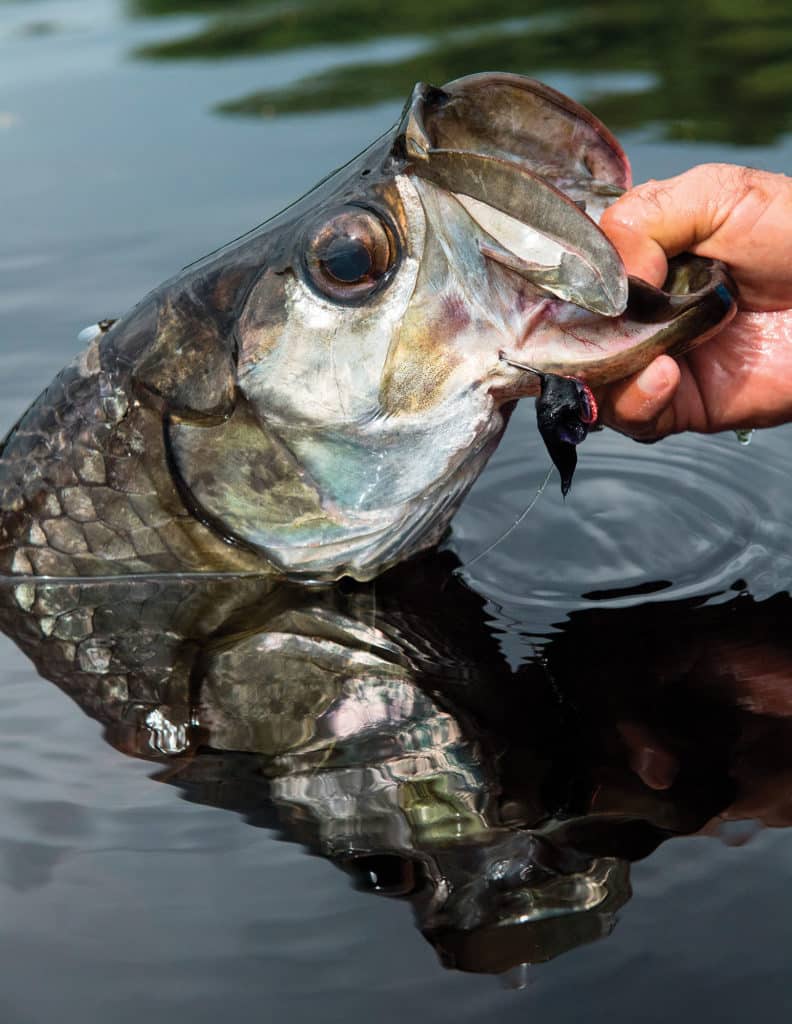
Peak Season: For permit and bones, the best time is late fall through spring. Tarpon are most abundant during the warmer months.
Tactics: Wade-fishing and stalking, mostly while sight-fishing with fly-fishing gear. A 9-foot 8-weight rod with a tropical floating line is considered ideal for most species, but many anglers also carry a 10-weight for the tarpon and keep a 10-weight rigged with a wire leader, in case large barracuda or sharks show. A shorter rod is also good to have on hand, rigged with a 40-pound shock tippet, if you want to probe the mangroves for snook.
Contacts
Red’s Fly Shop
redsflyshop.com
509-933-2300
The Palometa Club
palometaclub.com
888-824-5420
Pesca Maya Fishing Lodge
pescamaya.com
888-894-5642
About the Author: Lenny Rudow has been a writer and editor in the marine field for almost three decades, has authored seven books, is the Angler in Chief at Rudow’s FishTalk, and has won multiple Boating Writers International writing awards. He fishes as often as possible on the Chesapeake Bay and in the Atlantic Ocean.

